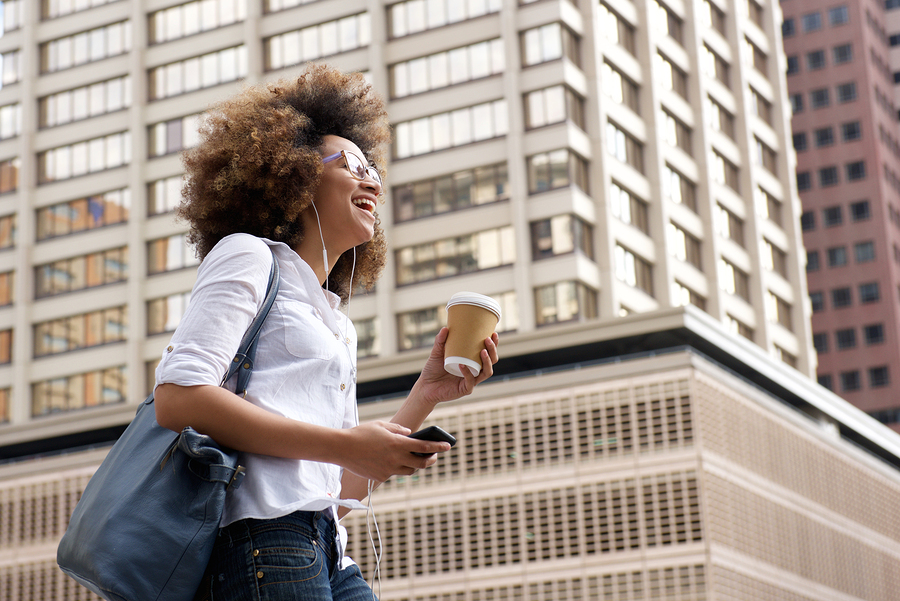
When good habits like walking are convenient, people react in a positive way.
Colors affect mood, and angles or curves can elicit an edgy or calm response. The argument about the ability of your surroundings to affect behavior isn’t a new one, even if some outdated theories have proven to be less than perfect.
A building probably won’t make you healthy, but it can make you sick. And the failed design of many older housing developments for low-income people is sadly legendary, which is why many have been demolished. But what about architecture and its positive effects?
Can architecture really change the way people behave? Probably. But perhaps not in the way that older research expected.
Here are 4 positive ways that the built environment can affect everyday life:
#1: Aging in Place Becomes Easier
There’s a trend toward universal design, where homes are designed and built for accessibility from the outset. This doesn’t mean that kitchen countertops are all low or that special fixtures replace the more common ones in bathrooms. It’s more about wider hallways and doorways, curbless showers, master bedrooms on the main floor and lever-style doorknobs that are easier for everyone to use.
Universal design affects behavior in that as people age, they can elect to stay at home instead of finding a more suitable place to live or requiring special assistance for everyday tasks. It improves independence. Americas are living longer lives, so accessibility and aging in place is becoming a more popular concept.
#2: People Take the Stairs
Given the choice, most people will hop on an escalator or take an elevator and avoid the stairs. It makes sense, because many buildings are not designed with physical activity in mind. You can post signs about the benefits of taking the stairs, but unless it’s convenient, most people will opt for something that is.
Instead of tucking a staircase behind steel doors, a place that is the opposite of attractive, many cities are adopting a healthier plan with grand and glorious staircases at the forefront, says Urban Land. This “renaissance” of staircases make climbing the stairs look inviting, not foreboding.
#3: Offices Can Foster Teamwork
Probably the biggest trend in office design is the open-concept space with pods or groupings. Hallways lined with doors that lead to independent offices are becoming a thing of the past. A more creative space that encourages collaboration is taking the lead.
Where groups of workers can huddle together and no one is tethered to any particular desk, teamwork is fostered and creativity can soar. But Innovative Office Solutions cautions that too much of a good thing might be too much. People still need areas for private and quiet work as well as closed-door meetings.

People gravitate toward natural light, and offices with plenty of it have healthier workers.
#4: Light Improves Mood and Productivity
Office buildings with banks of glorious windows are more than just a pretty sight. Research has proven time and again that natural light enhances mood and improves productivity. Good design with ample natural light plus low (or no) cubicles that allow everyone to benefit from the sunshine can actually help people work better, and sleep better at night.
Psychology Today explains that workers who receive natural light during their 9 to 5 are more alert during the day. And their Circadian rhythms are healthier, too. It’s not enough to get a little sunshine on a lunch break or the drive home. Building design that encourages natural light improves the quality of work and life.
Practically everyone has experienced it. Some built environments are downright depressing. But others are inviting. Some make navigating easier. And some don’t.
Architecture can affect behavior because people adapt and react to their surroundings. And when the built environment considers what’s healthier for people, those modifications are for the good.
Is it time for your continuing education credits? PDH Academy has what you’re looking for. Check out our convenient, online courses for architects.






